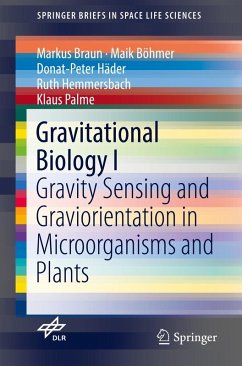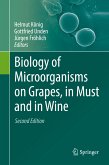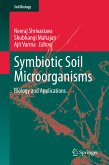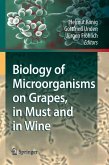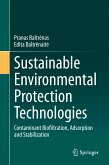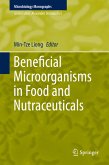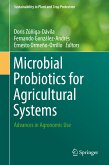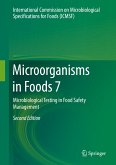This book summarizes what is currently known about gravity sensing and response mechanisms in microorganisms, fungi, lower and higher plants; starting from the historical eye-opening experiments from the 19
th century up to today's extremely rapid advancing cellular, molecular and biotechnological research. All forms of life are constantly exposed to gravity and it can be assumed that almost all organisms have developed sensors and respond in one way or the other to the unidirectional acceleration force,this books shows us some of these different ways.
The book is written for plant biologists and microbiologists as well as scientists interested in space and gravitational biology.
Dieser Download kann aus rechtlichen Gründen nur mit Rechnungsadresse in A, B, BG, CY, CZ, D, DK, EW, E, FIN, F, GR, HR, H, IRL, I, LT, L, LR, M, NL, PL, P, R, S, SLO, SK ausgeliefert werden.

